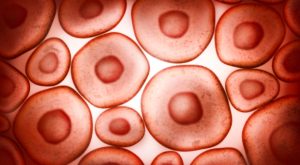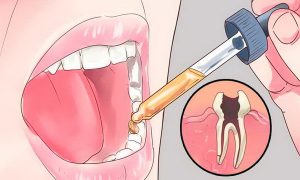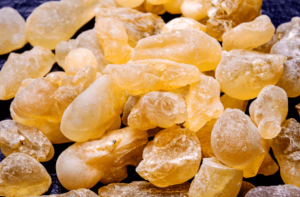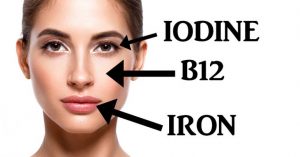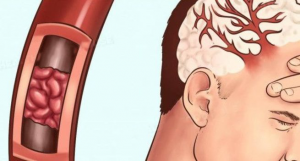Are you struggling to lose weight and maintain a healthy diet? You may have a toxic fatty acid that blocks weight loss.
Here's how a simple “Ice Hack” speed up my fat loss and helped me restore my health, watch now.
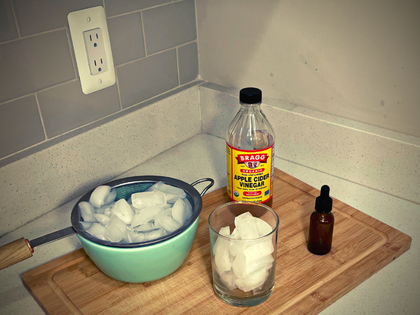
The blood sugar level indicates the amount of glucose found in a drop of your blood. Namely, glucose is known as the sugar that comes from the foods we eat. Therefore, blood sugar levels are at their lowest in the morning or after a period of fasting. Hence, blood sugar levels increase during and after meals, as soon as you start consuming food.
In fact, glucose is the primary sugar that acts as an energy source for the cells of your body. However, if you’re suffering from insulin deficiency, the glucose is can’t be released into the bloodstream. If this goes on for a prolonged period, some body parts such as the kidneys, blood vessels, eyes, and nerves may be permanently damaged.
Here is a list of various different factors, that cause high blood sugar levels:
- High levels of stress
- Various illnesses, such as a cold
- Eating too much, or snacking between meals
- A lack of exercise
- Dehydration
- Incorrect dose of your diabetes medication
- Over-treating hypoglycemia (low blood sugar)
- Excessive use of steroids
Having high blood sugar does not automatically mean you have diabetes, as high blood sugar is only a symptom of diabetes. In addition, children and young adults may experience occasional episodes of hyperglycemia during growth spurts.
Here are 14 signs showing that your blood sugar is very high:
- Frequent urination, especially overnight
- Recurrent infections
- Blurred vision
- Dry mouth
- Impotence
- Excess abdominal fat and weight gain
- Stomach problems
- Difficulty concentrating
- Slow healing of cuts and wounds
- Increased thirst
- Constant fatigue or extreme tiredness
- Increased appetite
- Dry and itchy skin
- Nerve problems
Our diet dramatically affects our general health, especially blood sugar levels. Therefore, it’s crucial to make some dietary changes and start consuming foods with a low glycemic index.
The following list includes foods together with their glycemic index:
Low GI foods – Foods with a GI between 0 and 54 (consume them on a daily basis).
- One egg – 0
- One cup of broccoli – 10
- One mid-sized yellow onion – 10
- A cup of walnuts – 15
- A cup of yogurt – 23
- One Turkey sausage – 28
- A cup of kidney beans – 31
- A cup of butter beans – 34
- 8 ounces of tomato juice – 38
- One mid-sized apple – 38
- A cup of spaghetti – 42
- A cup of green grapes – 46
- One large carrot – 47
- A medium orange – 48
- One large banana – 52
- A cup of peas – 54
Moderate GI foods – Foods with a Gi between 55 and 69 (consume them in moderate amounts).
- One cup of brown rice – 55
- One tablespoon of raw honey – 55
- One cup of oatmeal – 58
- One cup of regular white rice – 64
- One serving of macaroni and cheese – 64
High GI foods – Foods with a Gi between 70 and 100 (avoid these foods).
- A slice of regular white bread – 70
- 2 cups of popcorn – 72
- A doughnut (glazed) – 76
- One rice cake – 78
- A mid-sized baked potato – 85
- One serving of corn flakes – 92
- 50 grams of glucose – 100
Source: medicalnewstoday.com



